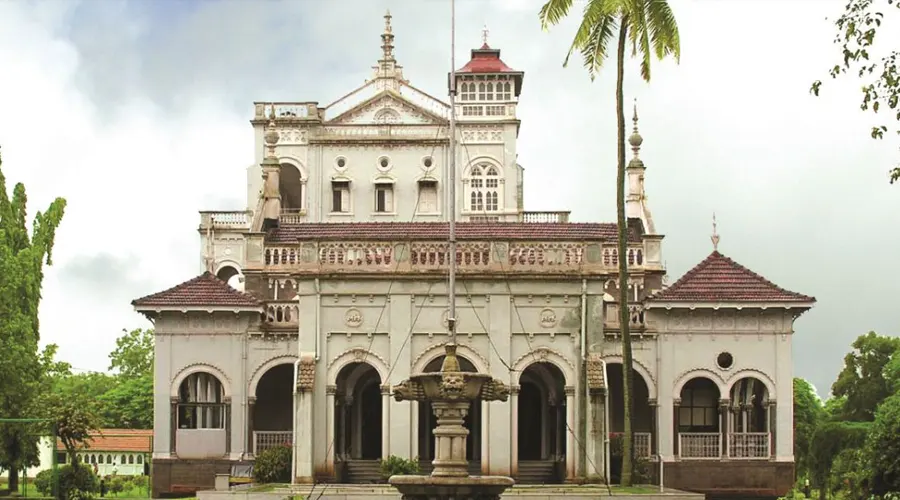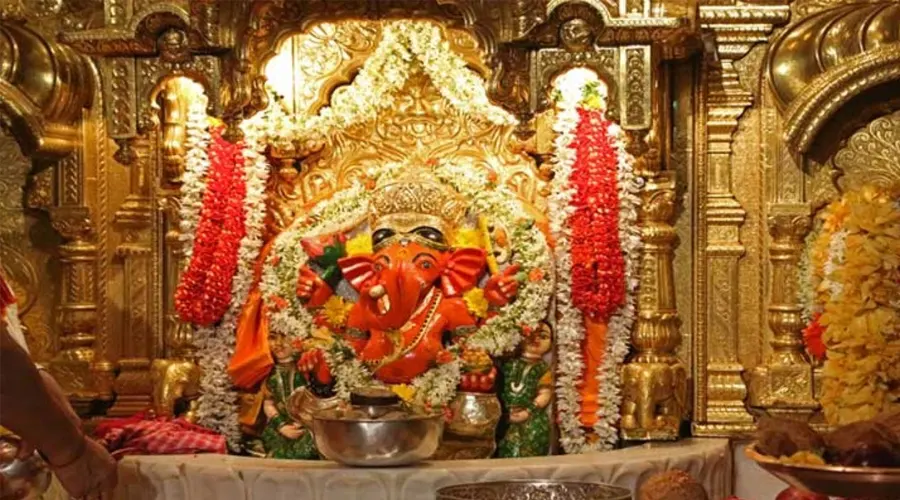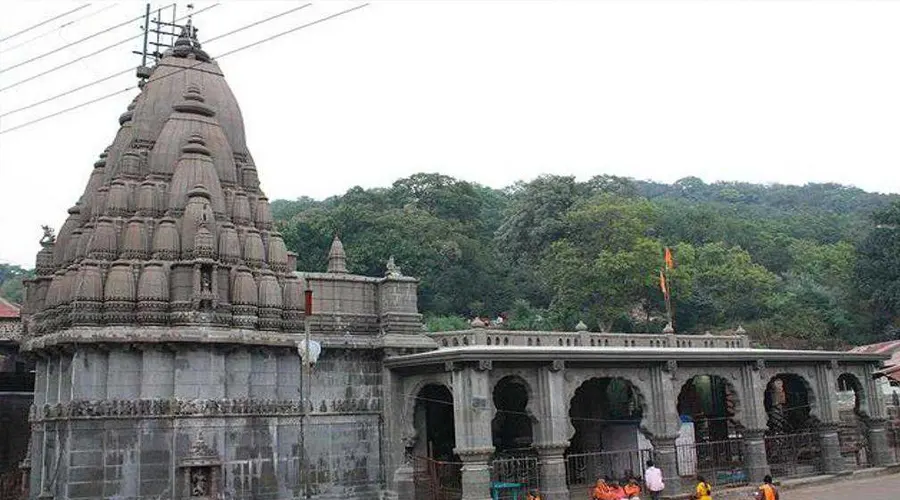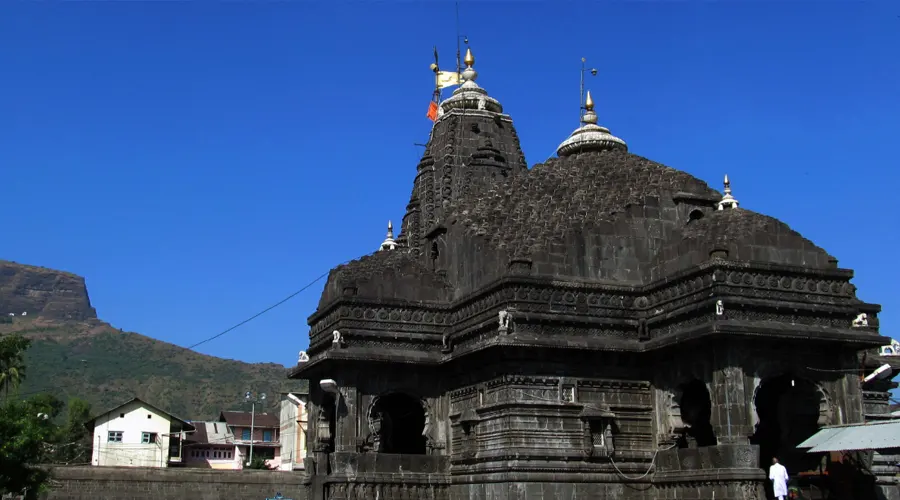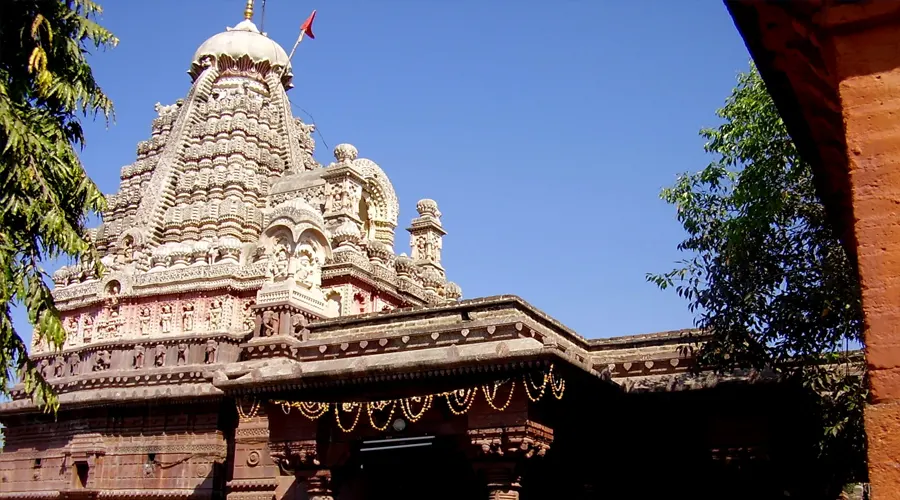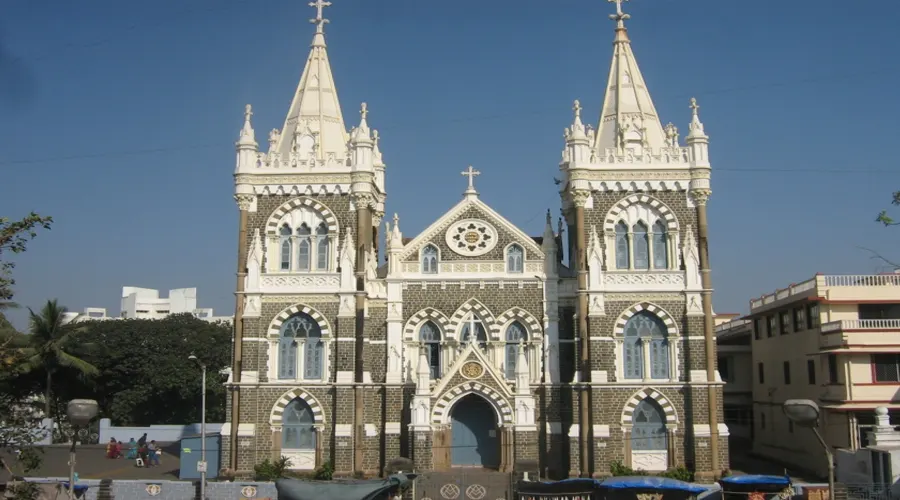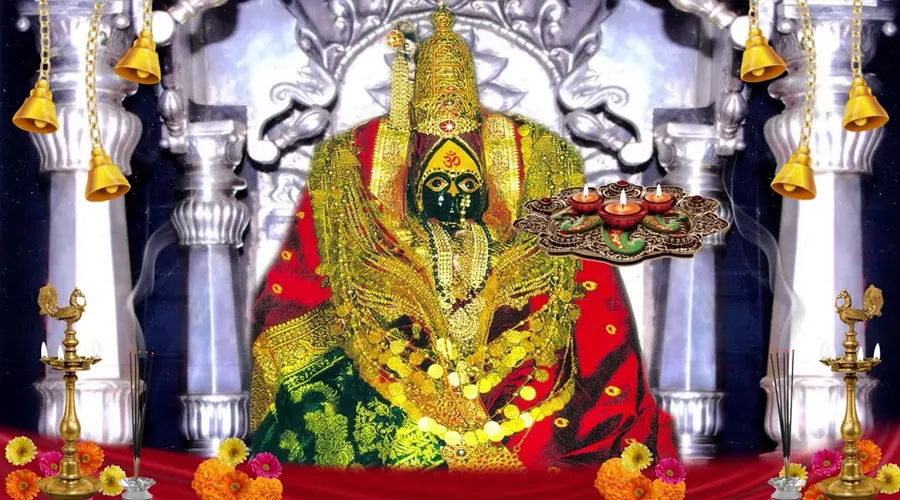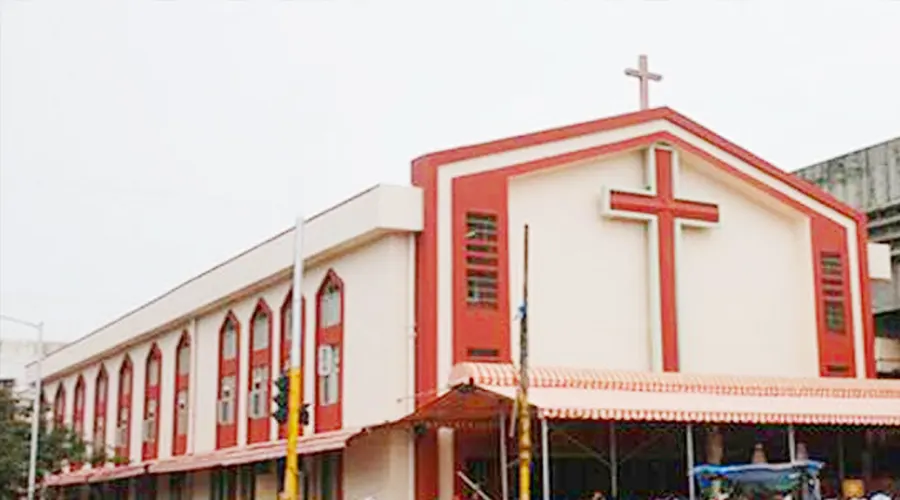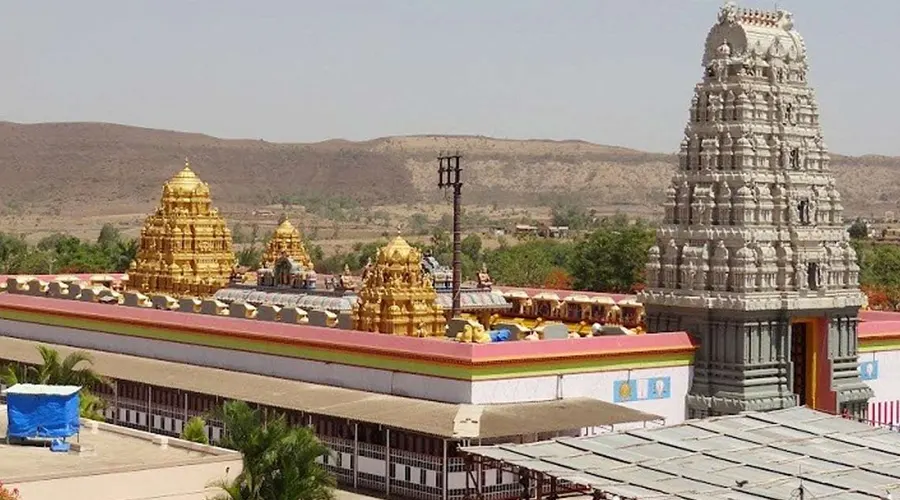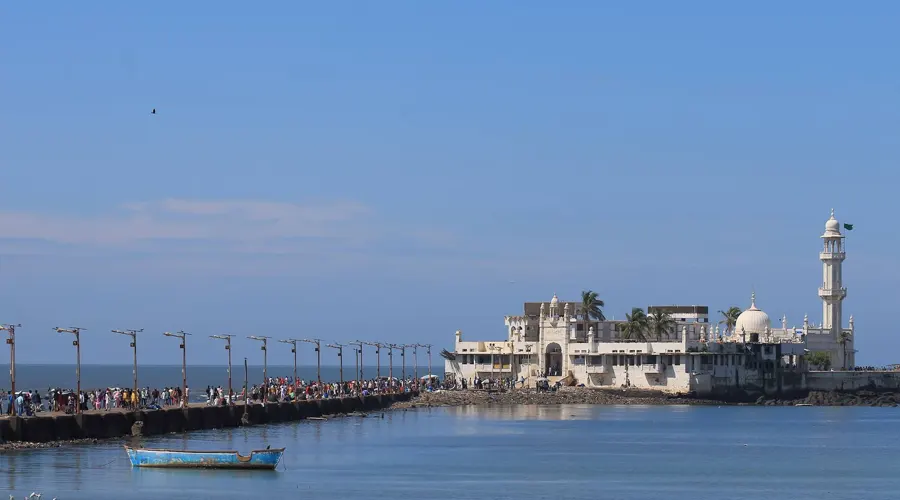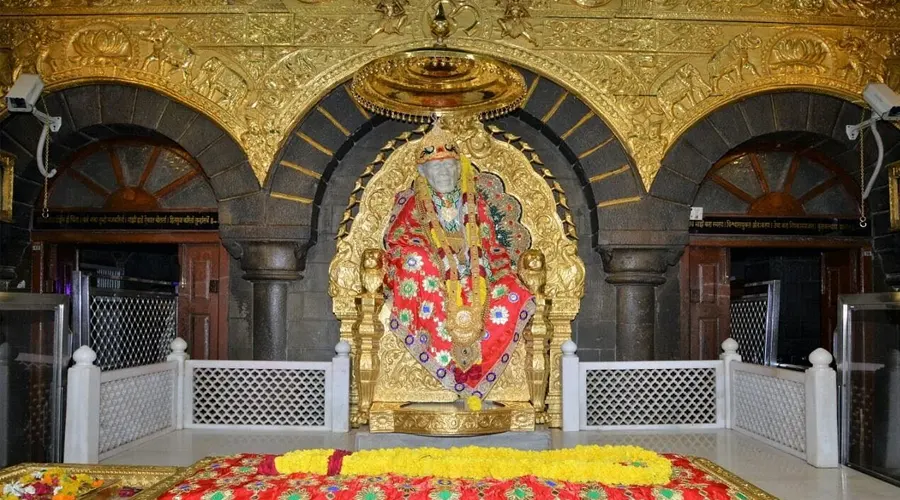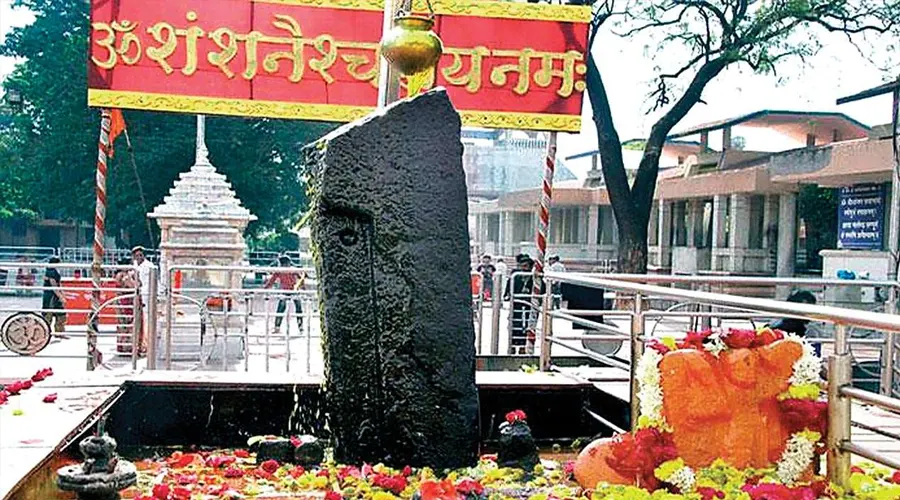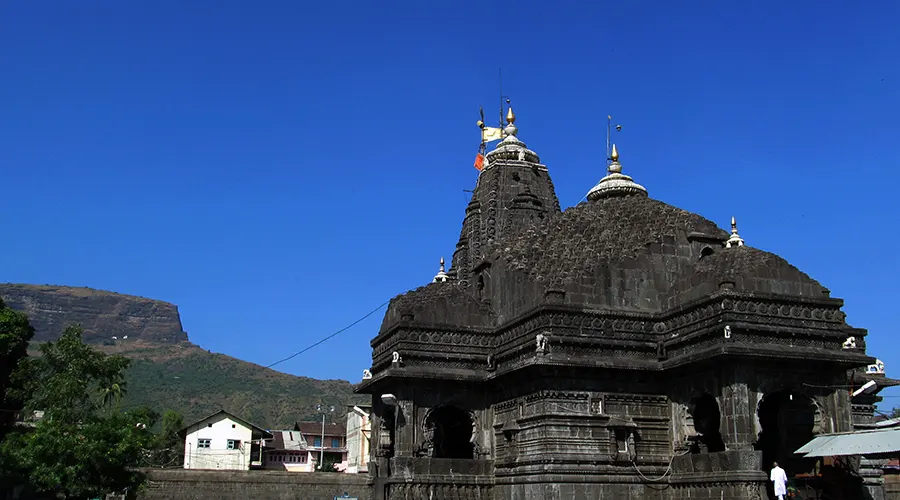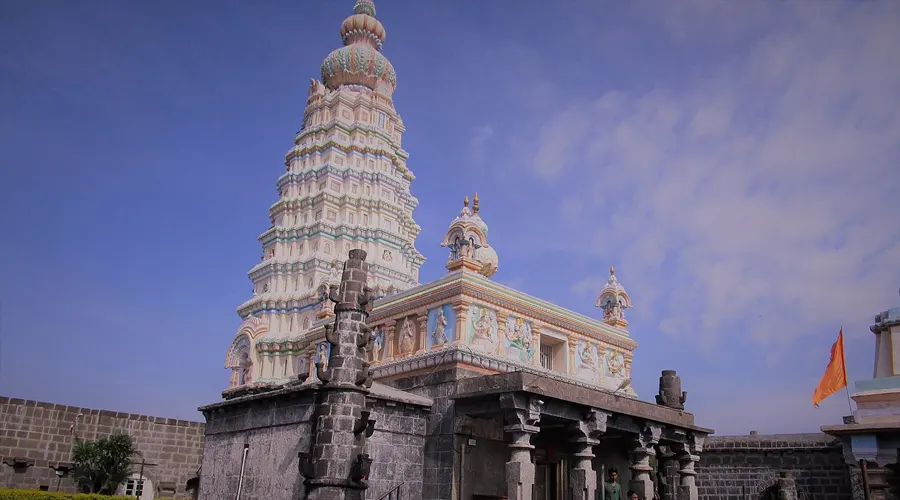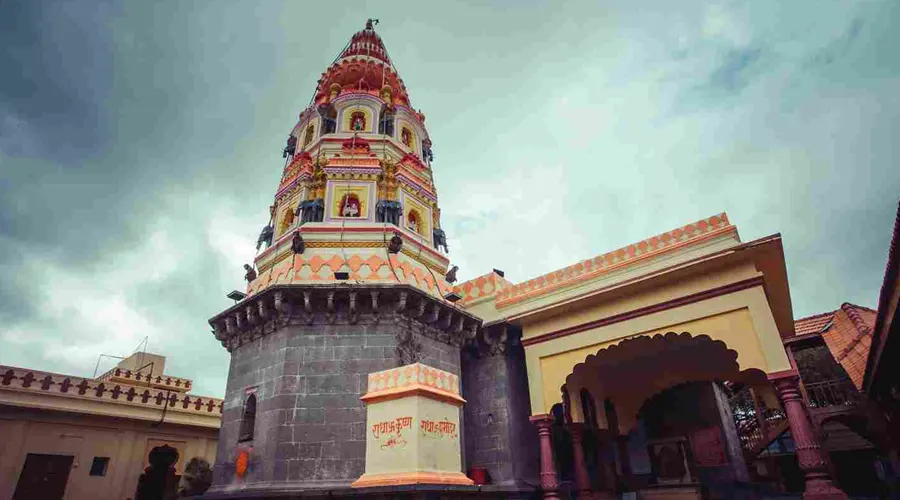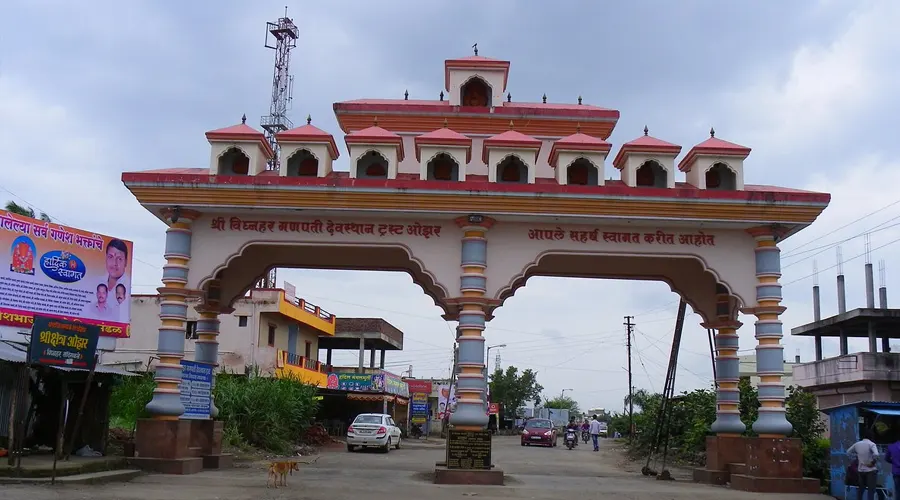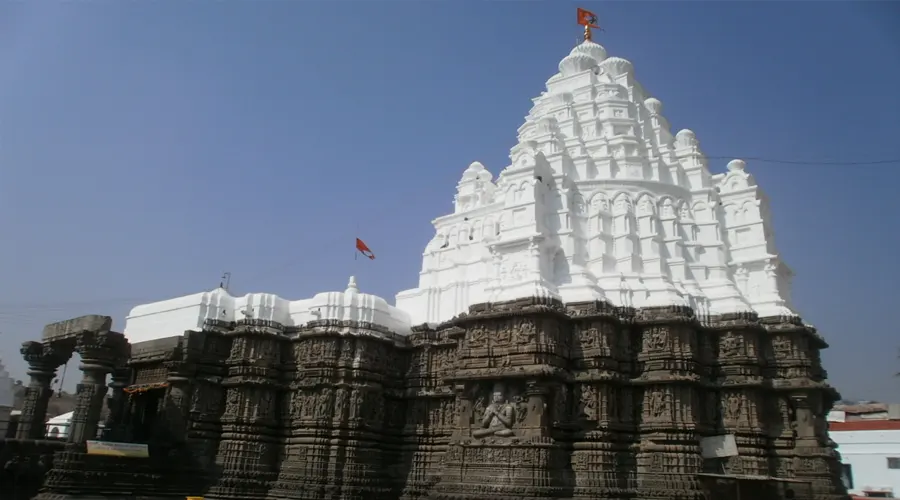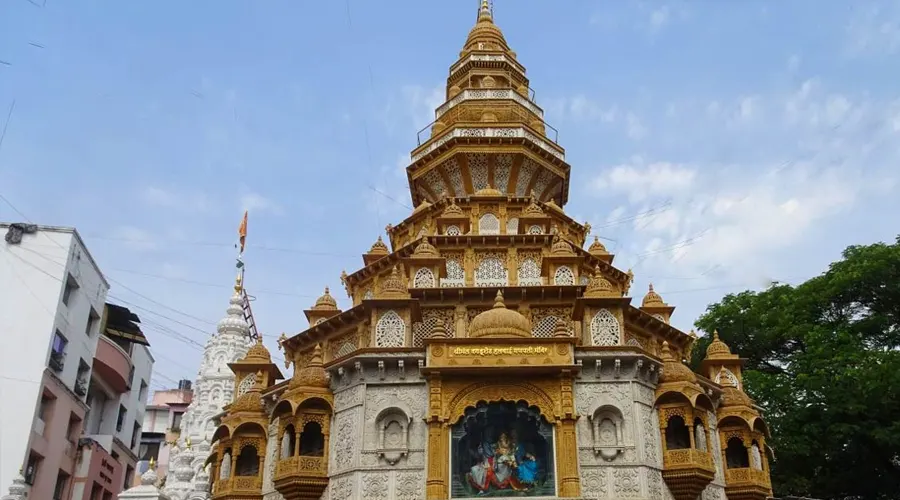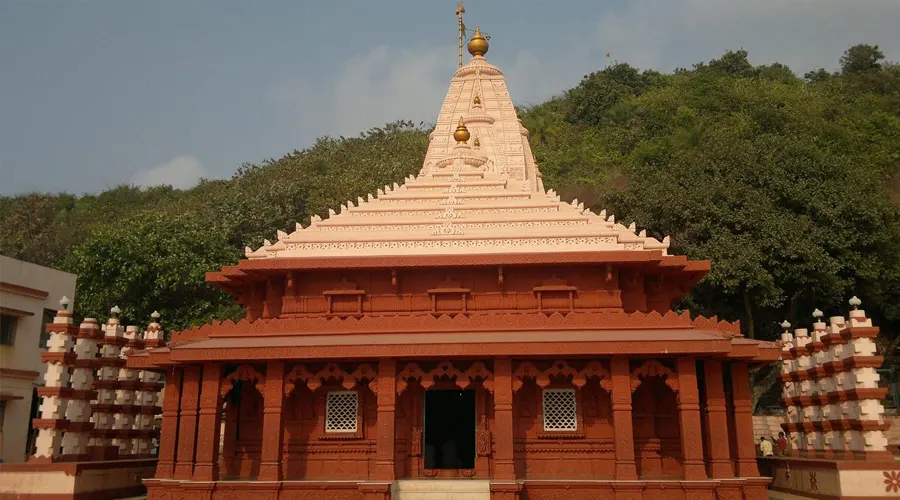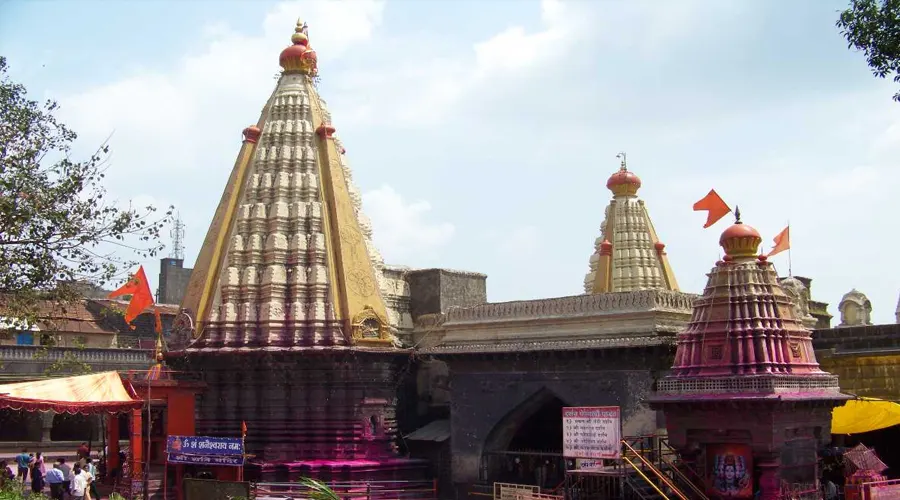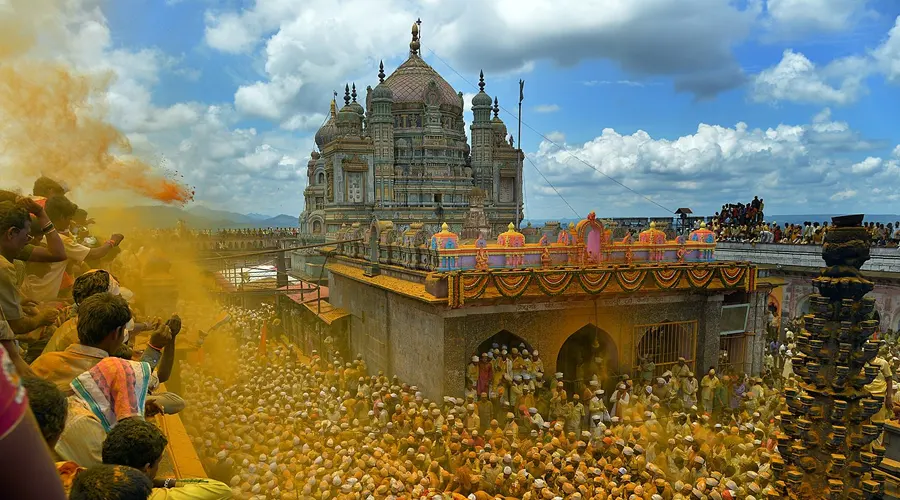Aga Khan Palace
Built in 1892 by Sultan Muhammed Shah Aga Khan III, the Aga Khan Palace is one of the many historical places in Maharashtra and a landmark for many defining moments in Indian history. It was here that Mahatma Gandhi, his wife Kasturba, and Sarojini Naidu were held captive.
Mahatma Gandhi’s ashes are buried on the grounds of this very palace. Apart from being known for its architectural beauty, the palace heads the Gandhi National Memorial Society and even encourages khaki-making to support the poor with a livelihood.
Take a walk through the palace and you’ll also come across a museum with a collection of photos that depict the major events in Indian history.
History
It was Sultan Muhammed Shah Aga Khan III, the 48th Imam or spiritual head of the Khoja Ismaili religion and the All-India Muslim League’s (AIML) first president, who built this grand palace in the year 1892. He commissioned the construction of the palace to employ the villagers in the famine-struck areas surrounding Pune. It took 5 years for the palace to be constructed and around 1,000 workers were employed in its construction. A total of 12 lakh rupees were spent to build this grand palace.
The palace played a significant role in India’s struggle for freedom. Soon after Mahatma Gandhi launched the Quit India Movement on 8th August 1942, he was arrested by the British officials and brought to this palace in Pune on 10th August to be kept imprisoned. He was accompanied by Kasturba Gandhi, his secretary Mahadevbhai Desai, Sarojini Naidu, Pyarelal Nayar, and Dr. Sushila Nayar. Gandhiji and his colleagues were kept in this palace for almost two years before they were released on 6th May 1944. During this period, Mahadev Desai and Kasturba Gandhi breathed their last within the palace premises.
In 1969, Prince Karim El Husseini Aga Khan IV gave the palace to Gandhi Smarak Samiti to show his respect toward Mahatma Gandhi. The National Model School was housed in this palace until 1970. In 1974, Indira Gandhi, who was the Prime Minister of India at that time, visited the palace and granted a yearly sum of 2 lakh rupees for its preservation and maintenance. However, over the years, the palace faced much neglect due to the inappropriate distribution of funds. In 2003, it was declared a monument of national importance by the Archaeological Survey of India (ASI).
Architecture
Located within a sprawling campus, the palace is known for its brilliant Islamic-style architecture. It is located on 19 acres of land that includes expansive, well-maintained lawns. The main edifice is built on an area of 7 acres and has 5 huge halls. One of the distinguishing features of the palace architecture is its Italian-style arches. A wide corridor of 2.5-meter width encircles the entire building.
The palace is a three-storied structure with a floor area of 1756 sq. meters on the ground floor. The first floor of the palace covers a floor area of 1080 sq. meters while the second floor is built on 445 sq. meters.

